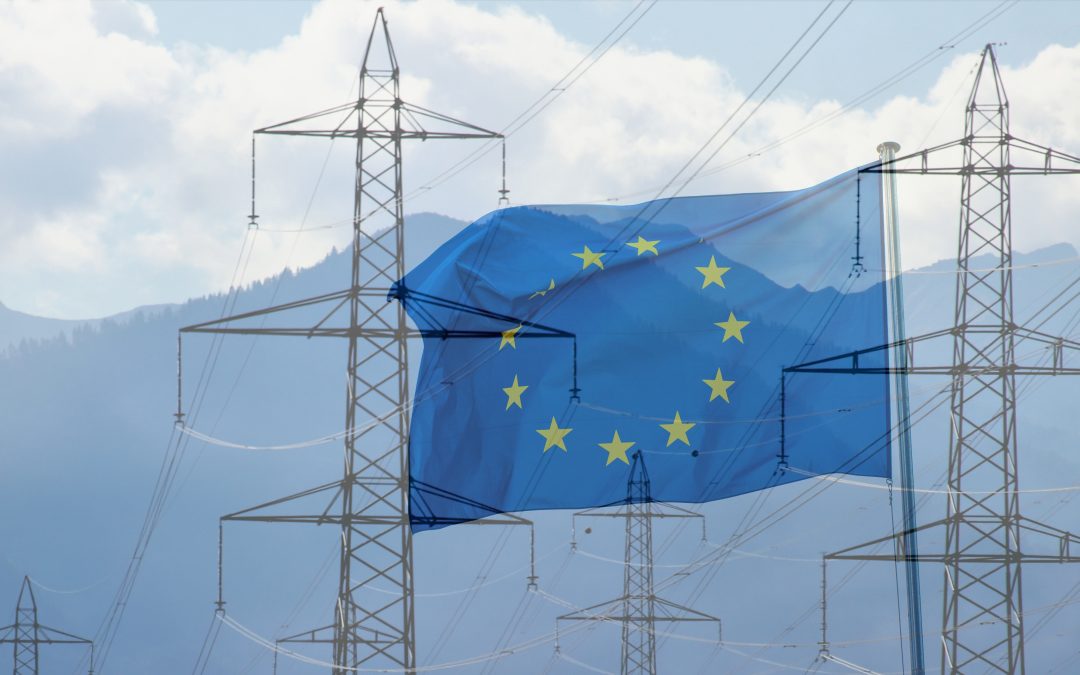
The EDP Foundation celebrates the tenth anniversary of its EDP Energía Solidaria program
The initiative will allocate more than one million euros to promote projects that foster a fair energy transition.

The initiative will allocate more than one million euros to promote projects that foster a fair energy transition.

After six years of no sustained growth, energy demand in the European Union increased by 0.5% in 2024, driven by lower prices, industrial recovery, and renewable expansion. For the first time, solar and wind generation surpassed that of coal and gas combined, according to a report published by the International Energy Agency (IEA).

Among the main topics that marked the third edition of the FERC was the need to boost renewable energy storage capacity in the archipelago. Representatives of the Canary Islands government have announced new calls for grants of up to €30 million to promote self-consumption.

The European Energy Research Alliance states in a discussion with Strategic Energy Europe that the European Union should focus on key technologies where it has the potential to achieve realistic leadership in the global renewable energy market, rather than attempting to cover all sectors.

The UK Government has launched Great British Energy’s first major project: installing solar panels on 200 hospitals and 200 schools. With an initial £200 million investment, the plan aims to save up to £400 million over 30 years while accelerating the energy transition in deprived areas of the country.

VSC converters, advanced cooling, and algorithmic control are the main challenges Norvento addresses in power electronics, with digital innovation, modularity, and local production as the keys to scaling and competing globally.